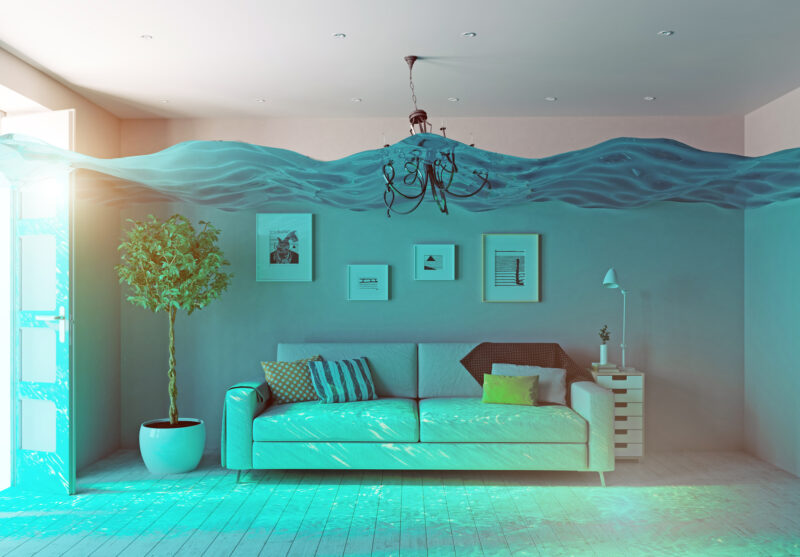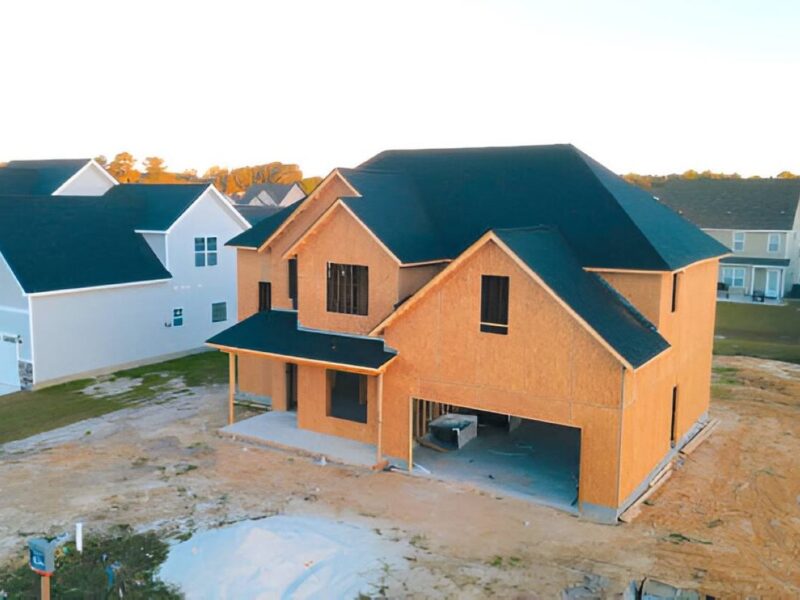According to studies, climate change has caused the US $75 billion in flood damage in the past 30 years. One reason is that global warming has brought about far more intense rainfalls.
So, if you don’t have flood insurance yet, now is the best time to consider purchasing coverage.
We’ll discuss all the basics you need to know about this specific type of insurance in this guide, so be sure to read on.
What Exactly Is Flood Insurance?
Flood insurance helps pay for flood damages caused specifically by natural phenomena. Such disasters include heavy or prolonged rain due to storms, hurricanes, or typhoons.
Flood insurance also provides coverage for flooding events associated with natural disasters. For example, when storms occur, they bring so much rain it overtaxes drainage systems. As a result, rainwater collects and stays above ground, thus, causing floods.
Isn’t Flood Damage Covered by Homeowner’s Insurance?
The standard homeowners’ policy only covers accidental or sudden water discharge. It doesn’t provide coverage for flood damage caused by natural disasters.
An example of a water discharge is when a plumbing pipe freezes and bursts. Another is a severe water leak caused by a faulty water-using appliance, such as a washing machine. These events are common; they accounted for 29.4% of homeowners’ insurance claims in 2019.
Is Flood Insurance Mandatory?
It’s mandatory for government-backed mortgaged homes located in high-risk flood areas. The same goes for properties financed by a government-issued mortgage. It’s also mandatory for homes that are recipients of federal disaster assistance programs.
Many mortgage lenders also mandate flood insurance as part of their contract. They often require this for homes not only in high-risk but also moderate-risk flood zones.
Should You Still Buy Flood Coverage Even if It’s Not Mandatory?
Yes. It’s best to get flood insurance even if your home isn’t one of the 8.7 million properties found in FEMA’s flood maps. That’s because there may be at least six million other houses at flood risk not included in those maps.
Another reason is that climate change can bring about more flooding events. In fact, studies found that floods occurring once every 100 years can soon happen once every 30 years. Worse, some areas may even see such 100-year floods taking place once every year.
As such, regardless of how low your home’s flood risk is, it’s a smart idea to prepare for the worst by getting it insured.
Besides, even just one inch of floodwater can already result in damages amounting to $25,000. Unfortunately, based on the most recent flooding events, one inch is very conservative. Future events are more likely to bring greater flooding depths and damage in their wake.
Where Can You Get Flood Insurance?
You can get flood insurance from the National Flood Insurance Program (NFIP). The federal government regulates this program and offers it in two types of policies. You can buy either or both NFIP policies together.
Your other option is to purchase flood insurance from a private insurance company.
What Does the NFIP Cover?
The first type of NFIP policy is building property coverage. This is usually the mandatory coverage, as it protects the home structure itself. It covers up to $250,000 of the building property itself.
NFIP’s building property coverage covers the frame, foundation, and electrical and plumbing systems. It also covers central air conditioners, furnaces, and water heaters. Essential appliances, such as refrigerators and stoves, are also part of the inclusions.
There’s also coverage for permanently installed carpets, wallboards, cabinets, and bookcases. The same goes for window blinds and debris removal following a flooding event.
The second NFIP policy is personal property coverage for the contents of the home. It covers up to $100,000 of insured items.
Furniture, clothing, curtains, and non-permanent carpeting all belong to the list. The same goes for freezers (and the food in them), as well as portable AC units, microwave ovens, dishwashers. Up to $2,500 of valuables are also part of the personal property coverage inclusions.
A FEMA flood insurance cost calculator can help you determine how much you can expect to pay for an NFIP policy.
What About Private Flood Insurance?
Private flood insurance may be a better choice if your home’s structure is worth more than $250,000. It’s even a smarter idea if the value of your belongings exceeds $100,000, too.
Now, keep in mind that the average price of US homes has been over $250,000 since the third quarter of 2005. In fact, the average price has skyrocketed to $434,200 in the second quarter of 2021!
One reason for such a massive price jump is the increase in the size of US dwellings. After all, the bigger a house is, the more building materials it uses, and the more labor it requires. What’s more, the costs of both structural materials and labor have also spiked over the years.
So, you also need to factor in how much it will cost you to repair your home if it gets hit by a flood in the future. Even if you bought it for only $225,000, repairing it in its entirety may now cost way more than that. That’s why you should explore other flood insurance options outside of the NFIP.
Moreover, many private insurers offer higher limits for personal belongings coverage. Some also offer actual cash or replacement cost value for belongings.
In addition, private flood insurance may also provide Alternative Living Expenses (ALE). ALE covers the difference between your normal expenses and those you incur if you can’t live in your home.
For example, let’s say your home gets devastated by a flood that you have to move out temporarily. As a result, you end up having to rent a place while your house undergoes repairs. In this case, the ALE portion of your flood insurance may cover your rent to a certain extent.
Don’t Underestimate Floods and the Damage They Can Cause
Always keep in mind that nature is unpredictable, and so are the floods it can cause. That’s why it’s smart to have flood insurance, even you live in a low-risk flood area.
So, don’t wait for the next natural disaster to strike. Instead, invest in flood insurance with adequate coverage as soon as possible.
Interested in more ways to improve and protect your home and valuables? Browse our extensive collection of informative news and blog posts then!




